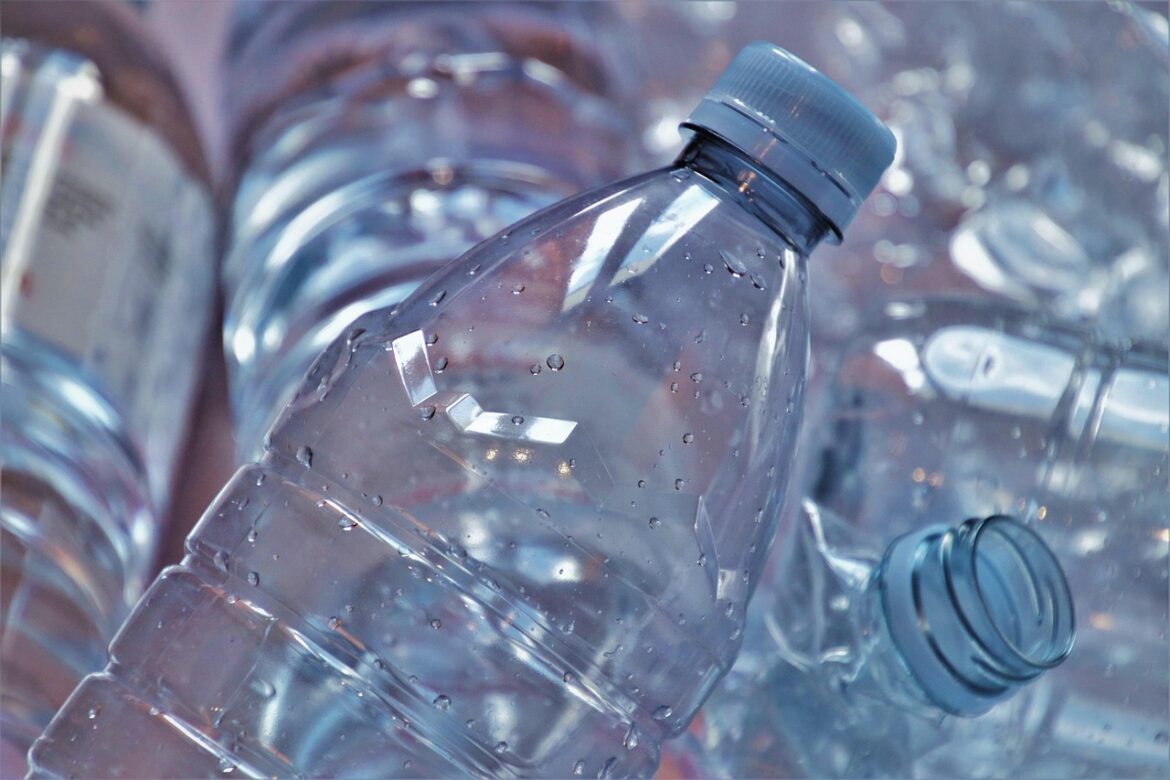Introduction
We’re living in a time where the way we shop and eat is being revolutionized by a growing awareness of environmental sustainability. From upcycled food products to eco-friendly packaging, consumers are driving change in the grocery aisle. Let’s dive into some of the most impactful trends that are shaping the future of grocery shopping and discuss why they matter.
Hook: The Sustainable Grocery Revolution
Imagine walking into a grocery store where nearly every product on the shelf is made from ingredients that would otherwise end up in a landfill. This is the reality of the upcycled food market, which is projected to reach $14.9 billion by 2030. But it’s not just about the products; it’s also about how they’re packaged and sold. Eco-friendly packaging and direct-to-consumer sales via e-commerce are becoming the norm, reducing waste and increasing accessibility for consumers.
Trend 1: Upcycled Food Products
These products are made from food waste that would otherwise be discarded. Companies like Barnana and ReGrained are leading the charge in this area by creating innovative products from banana peels and brewer’s grains respectively. This trend not only reduces food waste but also offers consumers more sustainable and ethical options. Big brands are seeing the potential and are now collaborating with startups to develop new products that appeal to the environmentally conscious consumer.
Trend 2: Eco-Friendly Packaging
As consumers become more aware of plastic waste, companies are shifting towards sustainable packaging solutions. Innovations like edible cups and recycled materials are on the rise. These developments not only reduce plastic use but also provide consumers with a more interactive and engaging experience through smart packaging technologies. Brands are now using bold, high-contrast packaging to stand out while also promoting eco-friendliness.
Trend 3: Sustainable Dairy and Protein Options
Dairy is making a comeback, but not as you know it. High-protein and gut-friendly dairy products are popular, especially among health-conscious consumers. This trend is driven by a desire for minimally processed foods that offer both taste and health benefits. Additionally, insect-based proteins are emerging as eco-friendly alternatives to traditional livestock, offering a sustainable source of protein while reducing environmental impact.
Trend 4: Regenerative Farming and Cleaner Labels
Consumers are increasingly seeking clarity in their food choices, opting for clean label products with recognizable ingredients. Regenerative farming practices are also gaining traction, as they promote healthier soil and more sustainable farming methods. This approach benefits both consumers and the environment by ensuring that food is produced in a way that enhances biodiversity and reduces carbon footprint.
Trend 5: Targeting Underserved Markets
Traditional marketing strategies often focus on the stereotypical ‘green’ consumer. However, new research suggests that targeting underserved markets could be a key strategy for increasing sales of sustainable products. By introducing sustainable options in areas often overlooked, companies can tap into a broader consumer base and drive growth in the sustainable food market.
Conclusion
The grocery industry is undergoing a significant transformation driven by consumer demand for sustainability. As we move forward, it’s crucial for both companies and consumers to embrace these trends. By doing so, we can create a more environmentally conscious and sustainable food system that benefits everyone involved.
Key Takeaways:
- Upcycled Foods: Reduces waste and offers ethical consumer options.
- Eco-Friendly Packaging: Innovative solutions like edible cups and rPET reduce plastic waste.
- Sustainable Dairy & Protein: High-protein dairy and insect-based proteins are gaining popularity.
- Clean Labels & Regenerative Farming: Promoting transparency and sustainable farming practices.
- Targeting Underserved Markets: Expanding sustainable product reach beyond traditional green consumers.
These trends are not just about business; they’re about creating a better future for our planet.
References:
- https://www.globenewswire.com/news-release/2025/06/09/3095746/0/en/Upcycled-Food-Products-Strategic-Business-Report-2025-Corporate-ESG-Mandates-Encourage-Strategic-Integration-of-Upcycled-Ingredients-A-14-9-Billion-Market-by-2030.html
- https://www.dairyreporter.com/Article/2025/06/06/how-to-grow-sustainable-food-and-beverage-sales/
- https://www.businessinsider.com/dairy-demand-high-protein-gut-healthy-raw-food-health-trends-2025-6
- https://lacai.be/blog-post/sustainable-healthy-food-carbon-impact/
- https://www.ourbusinessladder.com/trends-in-the-food-and-beverage-industry-for-2025/
- https://www.towardspackaging.com/insights/plastic-packaging-for-food-and-beverage-market-sizing
- https://www.greenlink.org/worldwide/
- https://meetglimpse.com/trends/food-beverage-trends/



